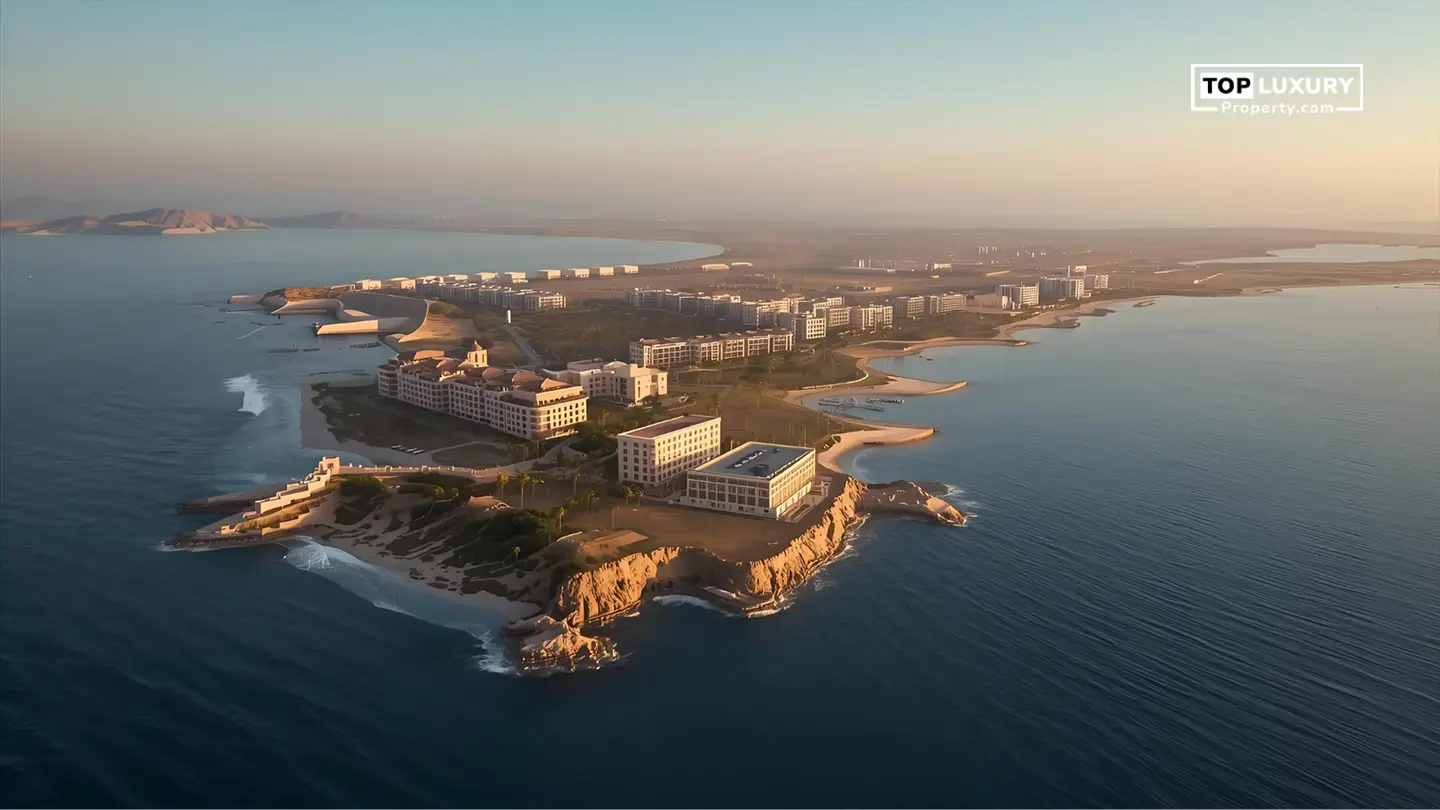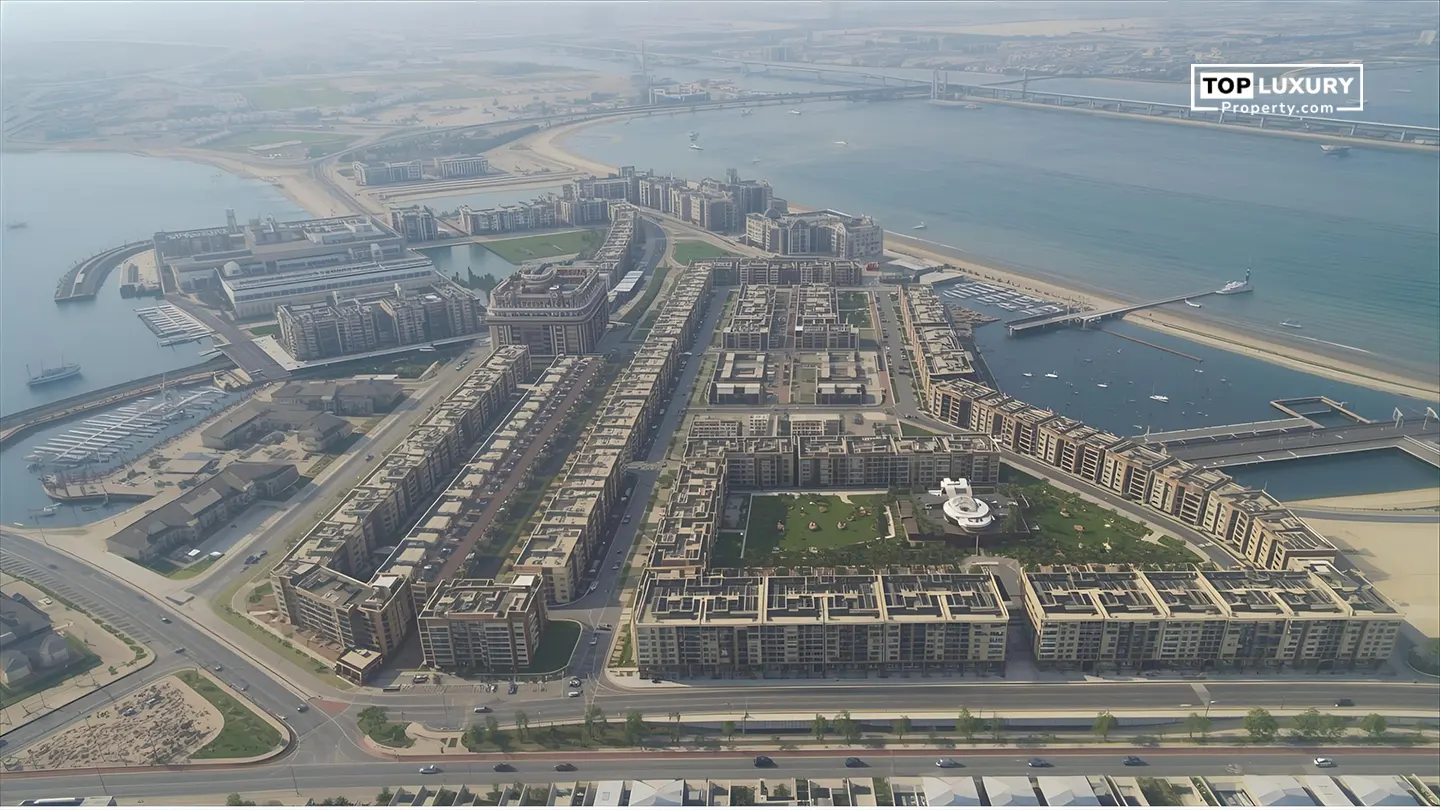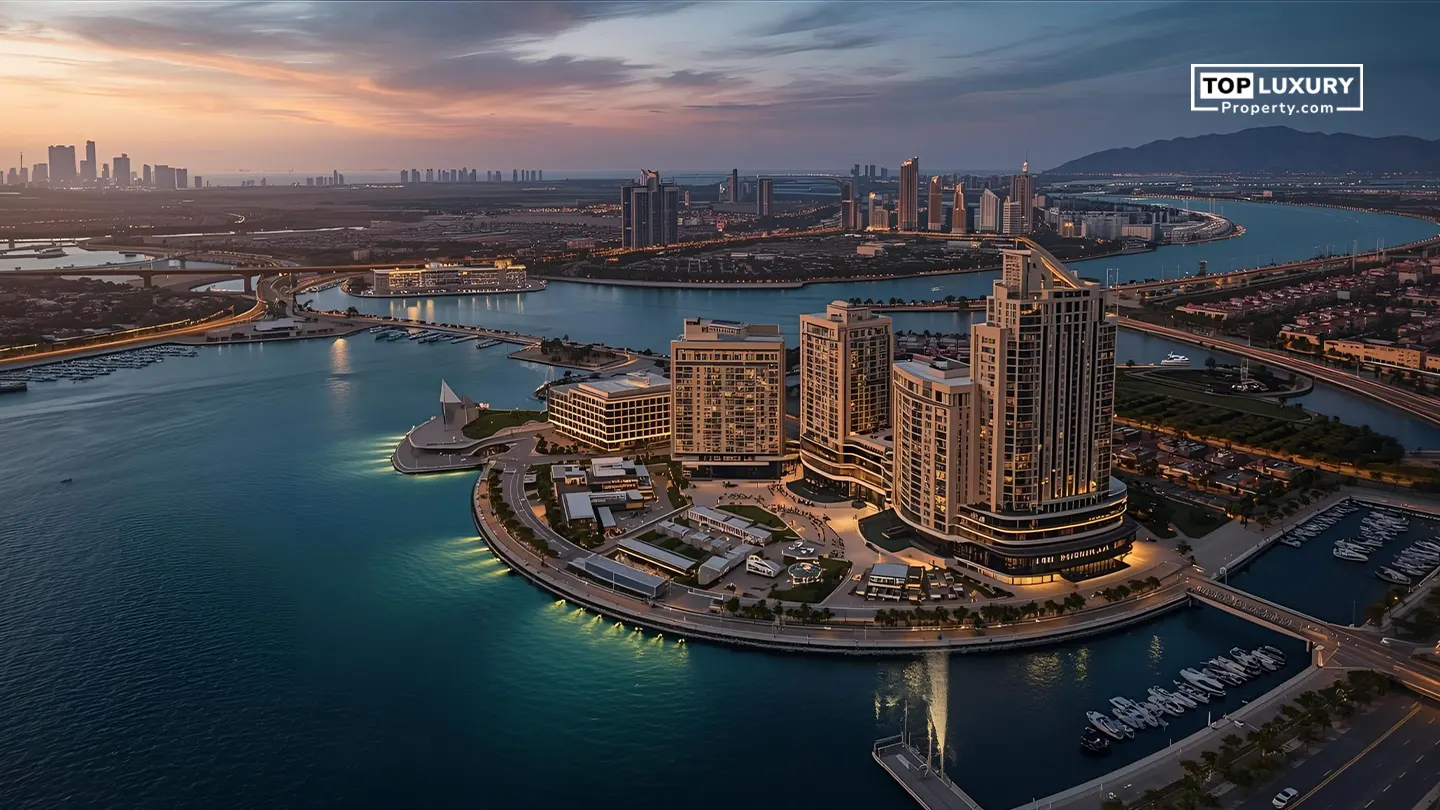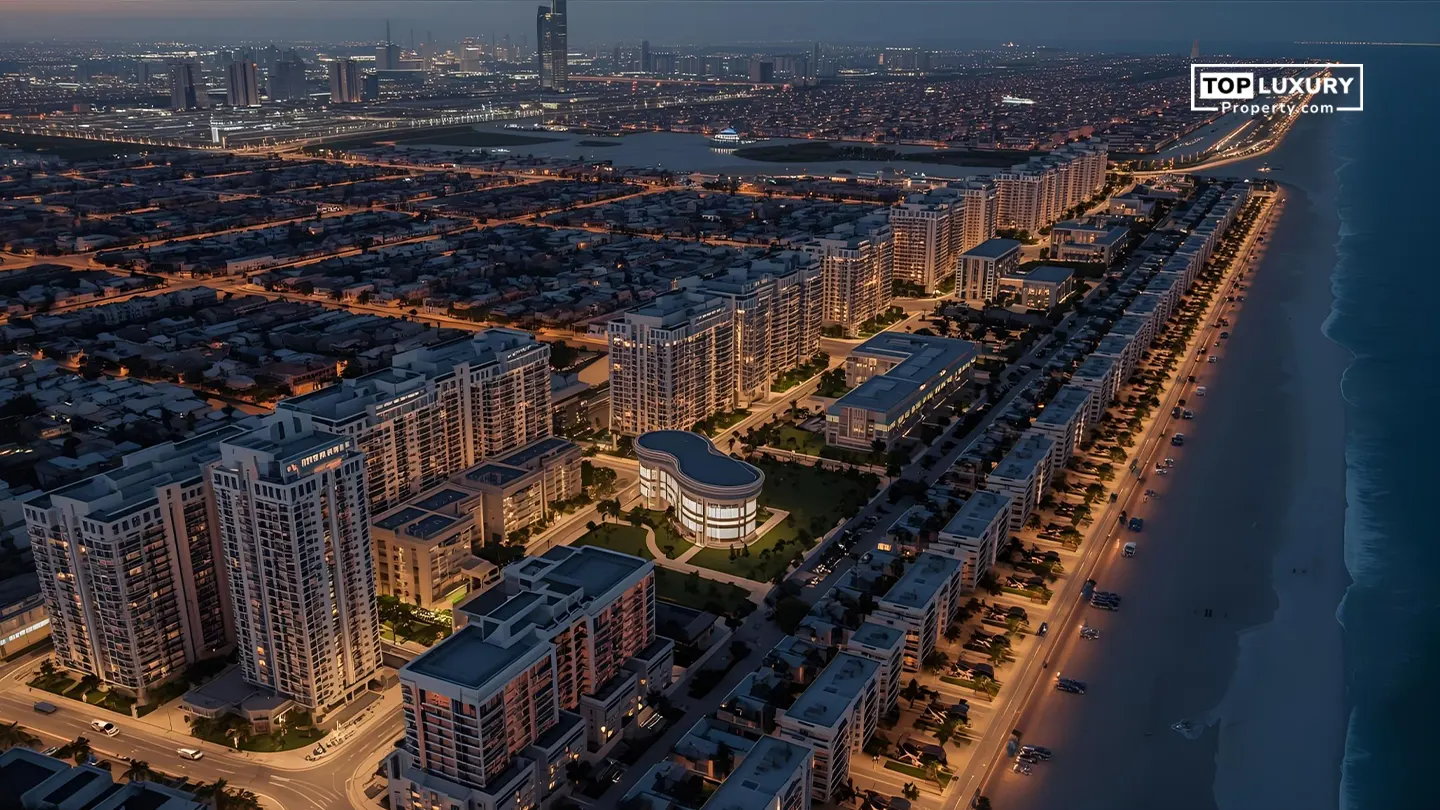About UAE GDP
An unprecedented economic milestone was achieved in 2024 in the UAE, translating an absurd AED 1,776 trillion in real UAE GDP Growth or roughly $484 billion. Hence, somewhere near 4% was added over that of 2023, portraying the resilient economy of the UAE that managed to grow in the face of global uncertainties with growth strategies.
Non-Oil Sector Growth

Non-oil sectors in the UAE offered great productivity, which proved to be a driving force in UAE economic growth in 2024. UAE Non-oil sector GDP growth stood at 5% to reach AED 1.342 trillion, forming 75.5% of the total GDP. This stems from the growing UAE effort in further diversifying through transformation to a knowledge economy that has less emphasis on oil revenues.
Key UAE Non-Oil Sector Contributors
Trade: 16.8% of non-oil GDP
Manufacturing: 13.5%
Financial & Insurance Activities: 13.2%
Construction: 11.7%
Real Estate Activities: 7.8%
The transport and storage sector was the fastest-growing segment, with an increase of 9.6% in passenger traffic at the airports. Construction recorded an 8.4% growth, whilst financial and insurance activities grew by 7%, hospitality by 5.7%, and the real estate sector grew by 4.8%.
Economic Diversification
UAE’s economic diversification has been central to the sustained growth of the UAE economic growth. Under the guidance of “We the UAE 2031” vision, the economy has progressed significantly in departing from reliance on oil by channeling resources into the domains of innovation, technology, and infrastructure. These undertakings sought at creating a business-friendly ambiance to attract FDI while nurturing the wide-scale manifestation of new economic sectors.
Minister of Economy Abdulla bin Touq Al Marri stressed that the new GDP figures reflect the UAE’s commitment to building an advanced, globally-competitive economic model. Economic diversification is, thus, not only a strategic objective to be reached but an operational core on the ground that leads to sustainable development and societal well-being.
UAE Real Estate Growth rate in Dubai, Abu Dhabi real estate & More

Dubai Real Estate Growth
Dubai real estate had yet another stupendous year in 2024. The residential property prices went up by 19.1%, touching an average of AED 1,685 per sq. ft., with villas leading the upward trend with a 20.2% increase. Total real estate transactions peaked at an all-time high of 180,987, marking a 36.5% increase from the preceding year. Values in the luxury sectors-so villas in prime positions-is up by about 99.8% since the beginning of 2020, asserting Dubai’s attraction to both local and foreign investors.
Abu Dhabi Real Estate Growth
Unprecedented growth rates were achieved by UAE Real Estate Growth Rate in 2024 in the field of real estate of Abu Dhabi. With a rise in residential rents of 20% and sales prices of 11%, prime office occupancy soared to 95%. The emirate saw 9,700 residential sales transactions worth AED 26 billion, with apartment price appreciation at 11.4% and villa price appreciation at 12.6%. Provided that the government back initiatives and a strong economic growth have augmented Abu Dhabi as an attractive investment destination globally.
Other Emirates and National Trends
In the UAE, the total transaction recorded accounted for an amount of about AED 893 billion (US$243.1 billion) in 2024, involving 331,320 transactions registered in the same year. Following this trend, Sharjah, Ajman, and Ras Al Khaimah also enjoyed solid growth, with prices in Ras Al Khaimah expected to rise by 10-15%.
Real Estate Sector’s Contribution to UAE GDP 2024
This sector contributed about 7.8% to the UAE non-oil sector GDP and recorded an average 4.8% UAE Real Estate Growth rate in 2024. The sector stands as a barometer to the more general economic momentum and diversification efforts of the UAE.
Real Estate Project Price Impact Due to UAE GDP 2024
Real estate and project prices across the UAE have been directly affected by the robust UAE GDP 2024 growth and positive economic outlook. There have been favorable conditions for demand for residential and commercial properties in Dubai and Abu Dhabi as a result of strong non-oil sector performance in the UAE, investor confidence, and incentives from the government.
Dubai: A 32% year-on-year sales surge was witnessed in the residential market till AED 367 billion. Off-plan properties constituted some 60.7% of transactions, and rental rates grew by 15.7%.
Abu Dhabi: Due to the scarcity of new supply and rising demand, both prices and rents increased, with sales prices rising by 11% and rents by 20%.
Nationwide: Throughout 2024, project contracts have been more favored, gathering 45% of total worth in the region in the residential and mixed-use category, or a whopping $40.6 billion.
Tender Price Inflation for the year 2024 averaged 3% within the UAE, placing upward pressure on construction and project prices as demand and economic growth remained firm. Such instances will surely keep the momentum going, with the real estate sector travelling well into 2025.
Conclusion
The UAE’s economic performance in 2024 underscored the visionary leadership and strategic diversification of the country, made through its stand against global trials. With a UAE GDP 2024 of $484 billion and a growth rate of 4%, the country has been firmly cemented as an economic power on the global stage.
The growth in the country has largely been helped by the expansion of UAE non-oil sector, particularly in the real estate segment, with investor demand in full vigor, government incentives, and a congenial business ambience.
The necessary ingredients are all present in the country to give it the competitive edge it needs to continue thriving worldwide on account of its innovation, sustainability, and economic diversification. Among others, the real estate sector will add more areas of scope for investment, development, and living.





